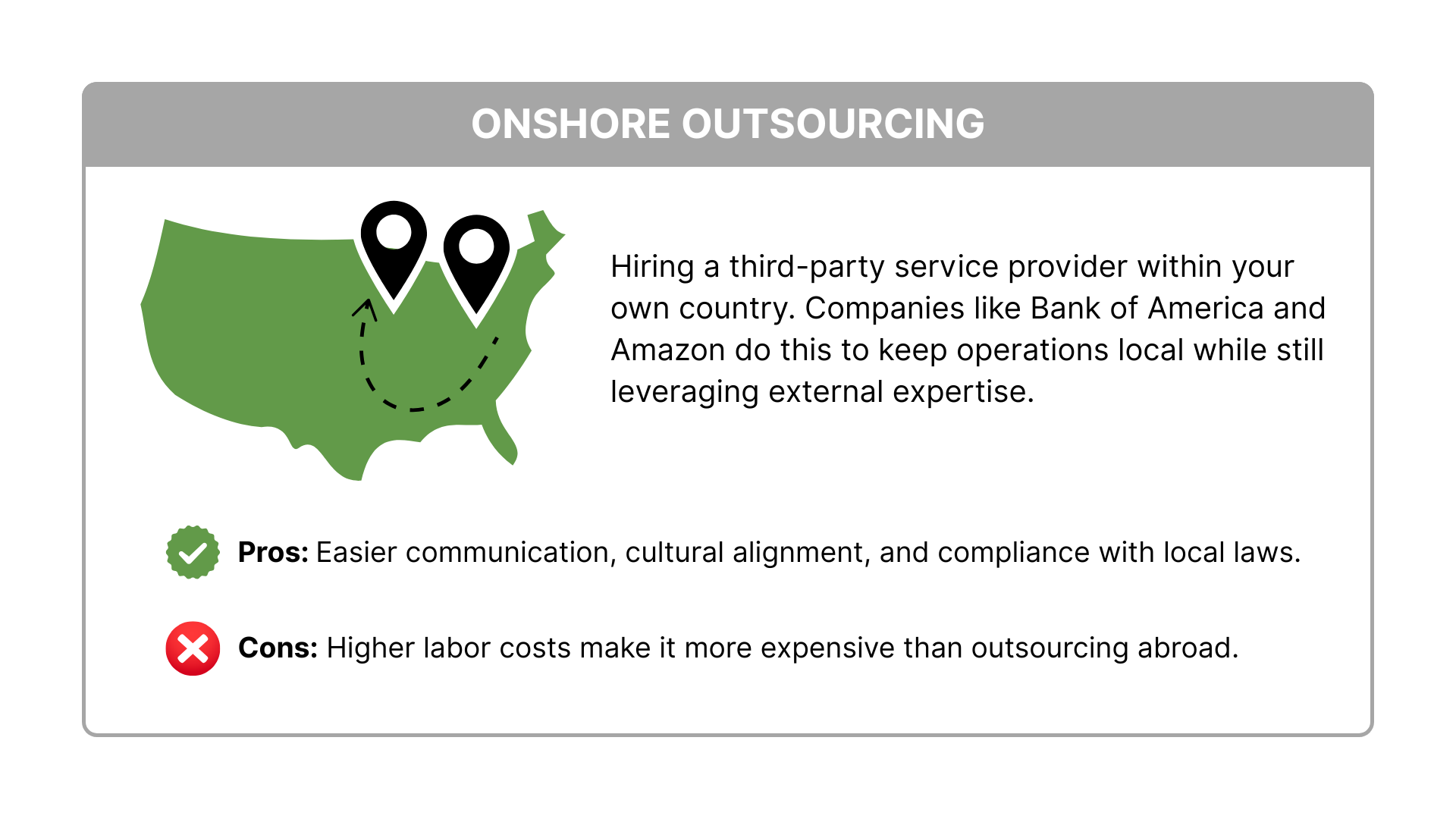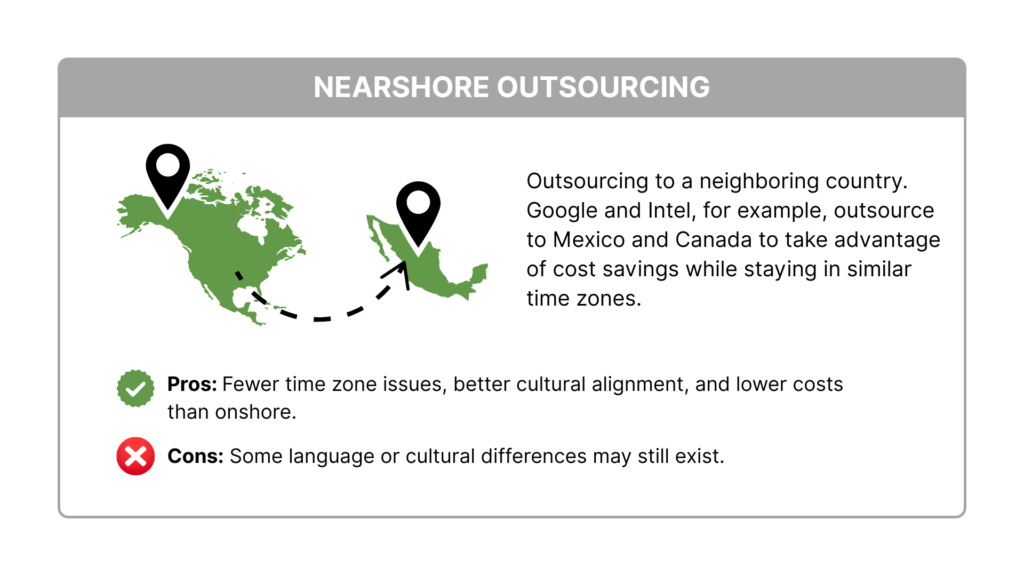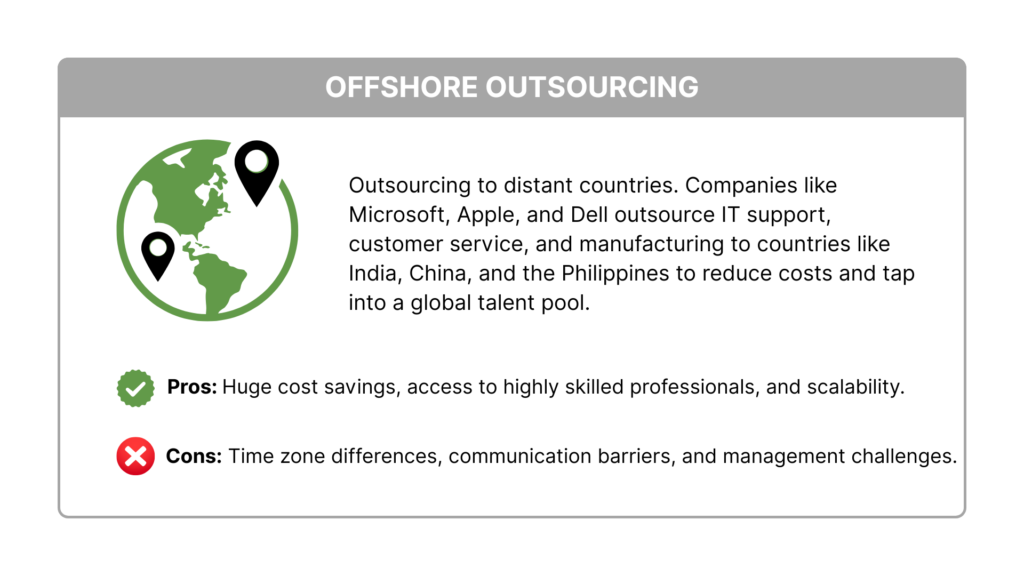We’re officially airing the very first episode of the Strategic Outsourcing Podcast today! Watch the full episodere here. I couldn’t be more excited to bring you real-world insights, practical tips, and lessons that you can apply immediately to your business.
But before we dive into the world of outsourcing, let’s talk about the meaning behind our podcast title: Strategic Outsourcing Podcast (SOP).
What Does “Strategic” Really Mean?
I bet you’ve heard the word strategic a million—maybe even a quadrillion—times! It’s a simple word, yet it holds immense power in the business world. But what does it really mean? And more importantly—why should you care?
Let me break it down for you.
When we say something is strategic, we’re talking about carefully planned actions designed to achieve a long-term goal. It’s all about making smart, intentional choices that bring the best results, rather than just reacting to problems as they come.
Think of it this way, being strategic means you’re thinking ahead, considering different options, and choosing the one that makes the most sense for the future of your business.
But here’s the key takeaway:
Being strategic isn’t just about making decisions. It’s about making the right decisions at the right time for the best possible outcome.
So the next time you’re faced with a big decision, ask yourself:
Am I thinking short-term, or am I making a strategic move for the future?
The “O” in SOP: Outsourcing
Now, let’s talk about outsourcing. But first, a quick question…
Have you ever wondered why Fortune 500 companies stay strong even during economic uncertainty?
One of the reasons is adaptability in a changing market. They analyze trends, embrace new technologies, and pivot quickly when needed. For example, Netflix shifted from DVD rentals to streaming, then into gaming. Meanwhile, Blockbuster failed to adapt—and we all know how that ended.
Another reason?
Strong leadership.
Apple’s late CEO, Steve Jobs, made bold, long-term decisions that reshaped entire industries. On the flip side, companies that struggle often suffer from poor planning and reactive decision-making—just like Kodak, which failed to embrace digital photography.
But here’s what sets Fortune 500 companies apart: They know they don’t have to do everything in-house.
Companies like IBM and Microsoft outsource functions like customer support, IT services, and software development to specialized teams worldwide. This allows them to cut costs, focus on innovation, and scale faster.
Meanwhile, other businesses cling to outdated processes that drain resources—falling into the trap of “If it ain’t broke, don’t fix it.”
What Is Outsourcing, Really?
Outsourcing is simply hiring someone else to do a job for you instead of doing it yourself.
Imagine you run a bakery. You’re great at making cakes, but you don’t have time to deliver them. Instead of handling deliveries yourself, you hire a delivery service. That’s outsourcing—you let an expert handle a specific task so you can focus on what you do best.
Big companies do the same thing! Instead of hiring in-house teams for everything—like customer service, IT support, or manufacturing—they outsource these tasks to experts in other companies or countries.
To understand outsourcing even better, let’s break it down into three types based on geographical location:
1. Onshore Outsourcing
Hiring a third-party service provider within your own country. Companies like Bank of America and Amazon do this to keep operations local while still leveraging external expertise.
✔ Pros: Easier communication, cultural alignment, and compliance with local laws.
❌ Cons: Higher labor costs make it more expensive than outsourcing abroad.

2. Nearshore Outsourcing
Outsourcing to a neighboring country. Google and Intel, for example, outsource to Mexico and Canada to take advantage of cost savings while staying in similar time zones.
✔ Pros: Fewer time zone issues, better cultural alignment, and lower costs than onshore.
❌ Cons: Some language or cultural differences may still exist.

3. Offshore Outsourcing
Outsourcing to distant countries. Companies like Microsoft, Apple, and Dell outsource IT support, customer service, and manufacturing to countries like India, China, and the Philippines to reduce costs and tap into a global talent pool.
✔ Pros: Huge cost savings, access to highly skilled professionals, and scalability.
❌ Cons: Time zone differences, communication barriers, and management challenges.

But… why stress over hiring, communication barriers, and managing a remote team when Remote Philippines can do it all for you?
Building a remote team shouldn’t be complicated.
With Remote Philippines, you get access to top Filipino talent without the stress—we handle everything from recruitment and management to taxes and benefits. You focus on what you do best, and we take care of the rest.
What’s Next?
Now that you understand outsourcing types, the next step is knowing how to structure it for your business. There are three common operational models, and choosing the right one can make all the difference in efficiency, cost, and scalability.
In the next episode, we’ll break down these three outsourcing models and help you determine which one fits your business best. Stay tuned! Watch the full episodere here.


